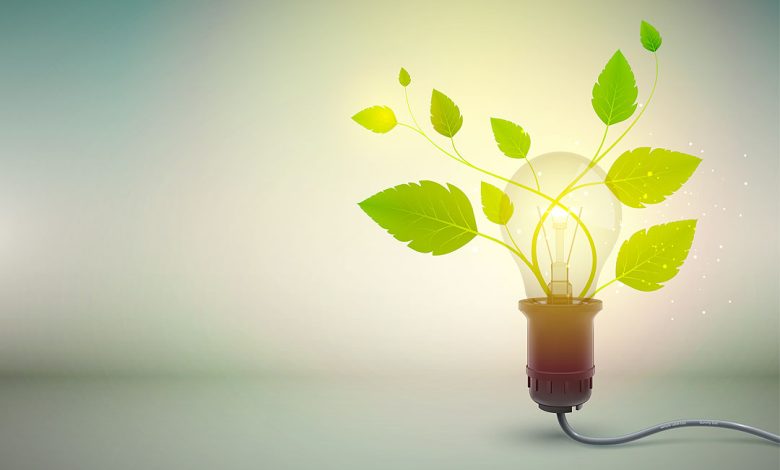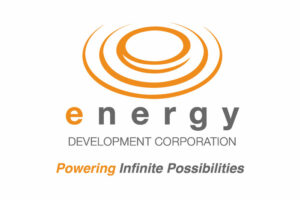It’s Not Easy Being Green: Balancing energy security and decarbonization for an emerging economy

It is not often that we can take solace as a lower middle-income country, as we move a few paces behind the developed world’s progress. However, as I sit back and watch the 2021 global energy crisis unfold, I take comfort in knowing that being behind the curve also means having the opportunity to learn from experiences of those ahead of us.
By all accounts, the crisis is a product of many converging factors, resulting in a perfect storm of power shortages and high power prices. In Europe, the closure of coal and nuclear power plants, an unusually low wind season, drier weather conditions, high commodity prices due to supply shortages, and a post-COVID bounce back in economic activity and energy demand seem to all play a role. In Brazil, their worst drought in over 90 years is drying up reservoirs and threatening energy supply across the country. In China, coming from a cold winter drawing down energy stockpiles, heavy rains and floods in mid-year closing down coal mines, local environmental regulations, and high commodity prices seem to be the main culprits. On top of that, colder-than-normal weather is now adding to winter demand as people heat their homes, while ice also wreaks havoc on grid infrastructure.
Now, is there a thread that pulls these contributing factors together? And what implications does it have for our policy decision making in the Philippines, if any? I would like to focus on the energy policy directions that contributed to the situation, so that we in the Philippines can learn and we can chart a better path towards energy security and decarbonization.
I would posit the view that much of the 2021 energy crisis is a result of the choices that many countries have made in the process of decarbonizing their energy systems. And to understand the choices, it is instructive to look at the political climate and how it is responding to the challenges posed by a rapidly changing Earth climate.
Politics responds to social pressure. And with energy, the societal discourse around climate change has been driven by extreme points of views — the climate deniers on the right and the climate alarmists on the left. This has resulted in a reductive discourse that seeds in the uninformed person’s mind that we only have two choices. Either we don’t believe in climate change and stick to our current hydrocarbon-based energy system or we do believe in climate change and therefore must dismantle our current system and invest in electrification and renewables. This conversation does not appreciate the complexity of the problem and it is dangerous because it dismisses solutions that we will need that may not fit neatly into the two boxes at the extremes.
This global conversation and the political policymaking that responds to it today signal to markets that we must invest in renewables and very little else. We see companies in all energy sectors pivot from coal and oil and gas to varying degrees and under different timelines. On the face of it, this may sound like good news for those worried about climate change. However, if you also worry about your ability to earn a living, your ability to support your families, and our ability as a society to move up the development curve towards a more prosperous future, we may want to take a step back and consider the cost of this transition pathway and who should bear it.
Germany provides for an instructive case study on the costs of a transition that takes a renewable at-all-cost and at full-speed approach. In 2010, Germany embarked on a program called Energiewende to decommission their nuclear and coal plants and build renewables in their place. They did this through a combination of subsidies and incentives. This has helped them increase the mix of low carbon (renewables and nuclear power) electricity consumption from around 40% to 56% and to reduce GHGs (greenhouse gasses) from energy by 22% in a 10-year period. This transition however has cost them at least 160 billion euros over the last five years alone and is largely cited as the reason why electricity costs to households have increased 25% from Euro 0.24/kWh to 0.30/kWh over the last 10 years. Mind you, this is despite Germany being connected to the rest of the European grid, and thus having the convenient and cheap way of managing intermittency that characterizes new solar and wind power, e.g., they feed off the French nuclear power well, et al. when domestic power production is low or demand is high, and export surplus power when their renewable energy sources produce too much or demand is low.
Germany and other first-mover markets have subsidized the rest of the world for a portion of the technology costs of the transition. We can expect it to be less expensive moving forward. However, we should look at how the math adds up and ask the question, is that the best pathway forward for the Philippines?
Complicating the matter further is the question “who should bear the costs of the transition?” Climate equity or justice, which your author will use interchangeably in this article, is a concept that developed to acknowledge and address the inequities involved in tackling the climate crisis. It acknowledges that we all have varying levels of historical responsibility for the current stock of GHGs globally. It highlights that each community, each country has a different capacity and potential to mitigate climate change. Lastly, it points out that each community and country are affected to varying degrees by climate change and need varying levels of adaptation.
The Philippines contributes 0.3% of global GHG emissions today (and a lower share of the historical stock), which is a drop in the proverbial bucket. As a share of the world population, the Philippines is three times this number. To illustrate this further, our per capita carbon footprint is 1.98 tons per capita which is a tiny fraction of that of industrialized countries, with the US emitting 15.52 tons per capita, Germany at 9.44, and China at 7.38.
Arguably, we have lower potential and capacity to mitigate the crisis, given the current technical and commercial limitations to access our renewable energy resources, the relatively low-income levels of our people, our lack of basic R&D infrastructure, and other factors. A key consideration is intermittency of new solar and wind. Given the current state of technology and cost of battery storage, only fossil fuels can provide the Philippine base load capacity needed to drive industry. Especially required now as we try to recover from this pandemic — we need secure and affordable power to attract investment and quality jobs to lift the quarter of our people who are jobless and in absolute poverty.
Finally, we are expected to be hard hit by adverse effects of climate change and therefore will need to invest considerably in adapting to what is a global crisis that we alone cannot solve.
All of this points to the conclusion that we should bear considerably less of the cost of the transition than other countries. To his credit, Finance Secretary Carlos Dominguez III has recently publicly taken developed countries to task on this matter. Ultimately, we all share a common goal but our responsibilities will vary. Let’s learn from the experiences in the developed world and avoid quick-fix pathways and craft an energy transition with the Filipino people in mind and that the Filipino people can afford.
Our power regulators, financial regulators, and other public stewards should be mindful of the tradeoffs and high stakes in climate-related decisions. We all dislike coal and other carbon intensive industries, but we should dislike seeing our people in abject poverty even more.
Romeo L. Bernardo is GlobalSource Partners Philippine advisor. He served as finance undersecretary in the administrations of Corazon Aquino and Fidel Ramos. He is an independent director in a leading local power generation and distribution company.




